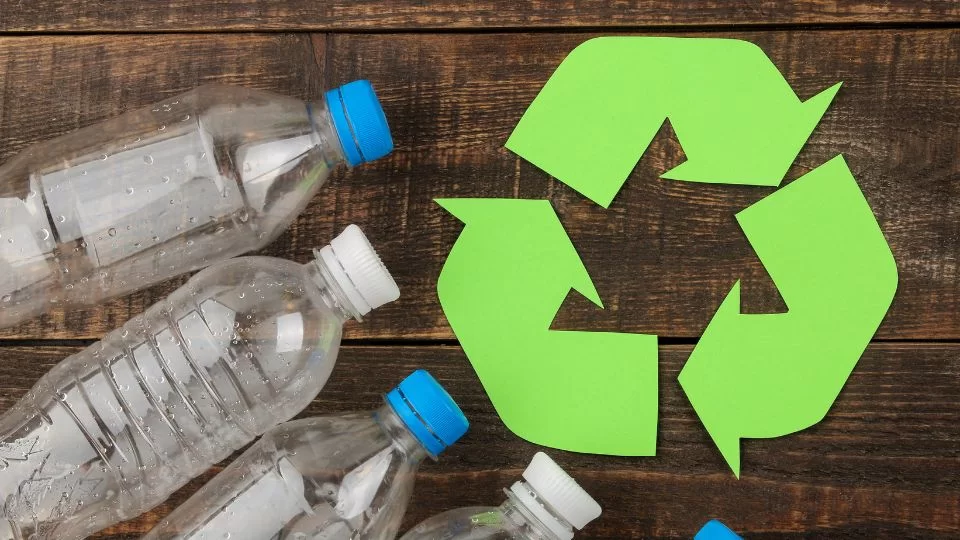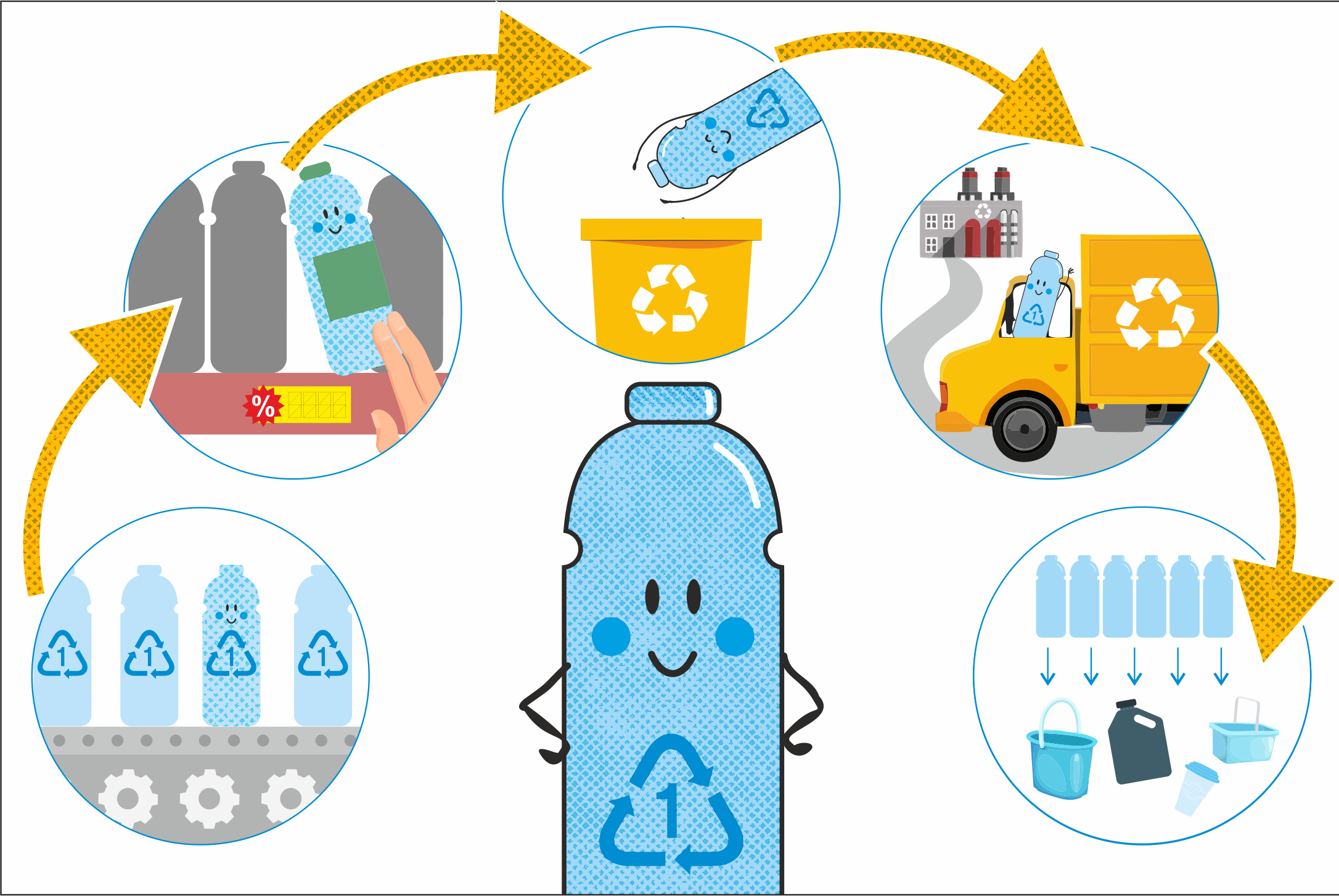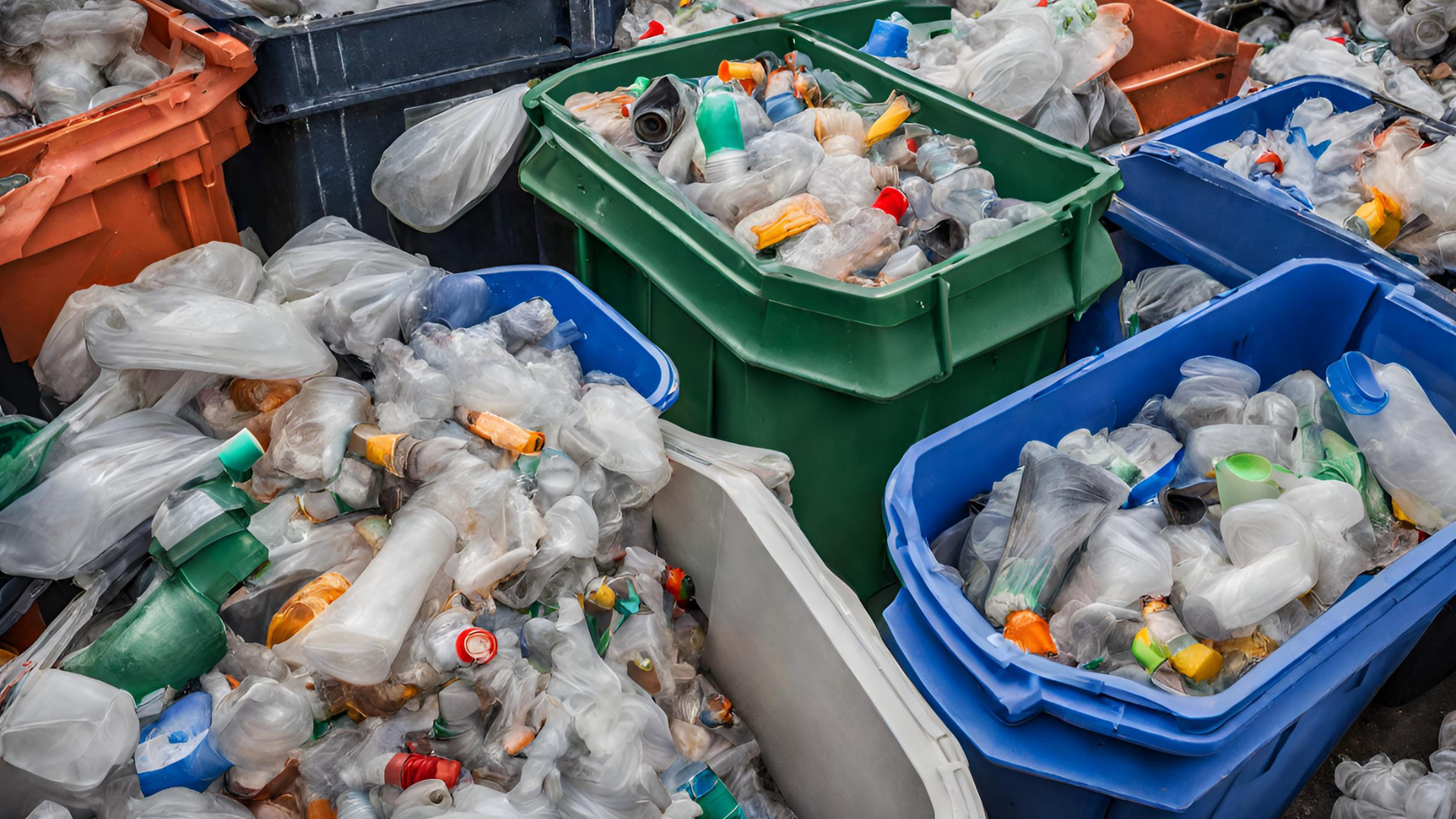The Shocking Truth About Plastic Recycling: Why Your Efforts Might Not Be Enough

As a tech enthusiast and advocate for a better future, I’m deeply concerned about the global plastic pollution crisis. While we diligently sort our recyclables, believing we’re making a difference, the reality is far more complicated and disheartening. This article delves into the shocking truth about plastic recycling, exploring the limitations of current systems and highlighting innovative solutions for a more sustainable future.
The Illusion of Recycling: A Deeper Look
The sheer scale of plastic production is staggering. To date, we’ve generated over 11 billion metric tons – a weight exceeding the combined biomass of all animals on Earth (Source: Nature). Every year, we add another 430 million tons to this ever-growing mountain of plastic, with a significant portion designed for single use.
While recycling offers a glimmer of hope, the actual rates paint a bleak picture. A mere 9% of all plastic ever produced has been recycled, with the majority ending up in landfills, incinerators, or worse, polluting our environment (Source: Organisation for Economic Co-operation and Development).

The High Cost of Cheap Plastic
The low cost of plastic production, largely fueled by the fossil fuel industry, has made it a ubiquitous material in our lives. However, this affordability comes at a steep price – one that extends far beyond the checkout counter.
Here’s a breakdown of the hidden costs:
- Environmental Degradation: Plastic pollution contaminates our oceans, soil, and air, harming wildlife and ecosystems. Microplastics, tiny particles resulting from plastic breakdown, have infiltrated our food chain, posing potential risks to human health.
- Social Injustice: The burden of plastic pollution disproportionately affects marginalized communities. Manufacturing plants often reside in low-income areas, exposing residents to harmful emissions. Developing countries, ill-equipped to handle the influx of plastic waste, bear the brunt of global consumption.
- Economic Loss: The linear “take-make-dispose” model of plastic production results in significant economic losses. Valuable resources are wasted, and the environmental damage incurs substantial cleanup costs.

Moving Beyond Recycling: Embracing Circularity
Clearly, recycling alone won’t solve the plastic crisis. We need a fundamental shift in how we produce, consume, and manage plastic – a move towards a circular economy.
What does a circular economy for plastic look like?
- Reduced Production: Prioritizing reduction, especially of single-use plastics, is paramount. This requires a collaborative effort from governments, corporations, and individuals to implement bans, levies, and promote sustainable alternatives.
- Extended Producer Responsibility (EPR): Holding plastic producers accountable for the entire lifecycle of their products is crucial. EPR schemes, already implemented in some regions, require manufacturers to contribute financially to waste management and recycling infrastructure.
- Innovative Reuse and Recycling Technologies: Investing in research and development of advanced recycling technologies is essential. This includes exploring methods to process mixed plastics, develop biodegradable alternatives, and harness the power of microorganisms for biodegradation.
- System Redesign: Transitioning to a circular economy demands a complete overhaul of existing systems. This involves building robust collection and sorting infrastructure, promoting reusable packaging solutions, and fostering consumer behavior change.
Inspiring Examples of Circularity in Action
While the challenges are significant, inspiring initiatives worldwide offer a glimpse of a more sustainable future:
- Nipe Fagio (Tanzania): This community-based waste management program has significantly reduced landfill waste by implementing efficient collection, sorting, and composting systems.
- Algramo (Chile): This company tackles the “poverty tax” by offering affordable liquid products in reusable containers through a network of refill stations.
- Perpetual (USA): This organization is piloting reusable container systems for businesses in multiple cities, aiming to create a closed-loop system for beverage containers.

The Future of Plastic: A Call to Action
The plastic pollution crisis demands urgent and collective action. While individual efforts are commendable, systemic change requires a multifaceted approach.
Here’s how you can contribute:
- Reduce Your Plastic Footprint: Make conscious choices to minimize your plastic consumption. Opt for reusable alternatives, support businesses committed to sustainability, and advocate for plastic-reducing policies.
- Stay Informed and Engage: Educate yourself about the issue, follow organizations working on solutions, and engage in meaningful conversations to raise awareness.
- Support Innovation: Support companies and researchers developing innovative recycling technologies and sustainable alternatives to conventional plastics.
The journey towards a plastic-free future won’t be easy, but it’s a challenge we must embrace. By fostering collaboration, embracing innovation, and demanding accountability, we can create a world where plastic no longer threatens our planet and our future.






